What is Gunwale of a Boat or Ship?
On a boat or a ship, the gunwale denotes the upper edge where the hull and deck converge. Find out more in the article inside.
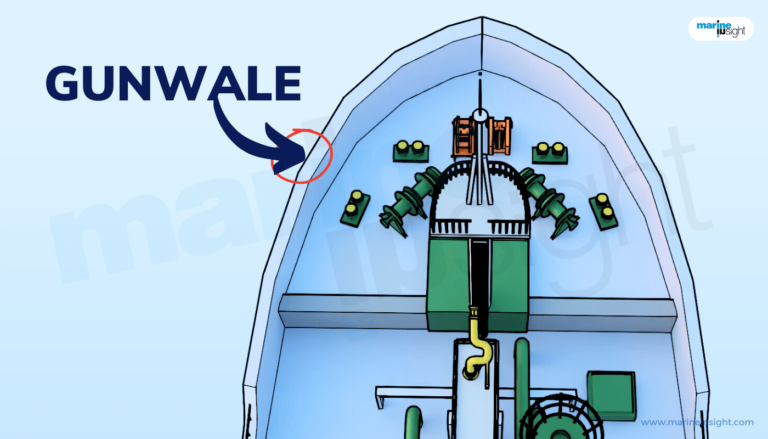
On a boat or a ship, the gunwale denotes the upper edge where the hull and deck converge. Find out more in the article inside.
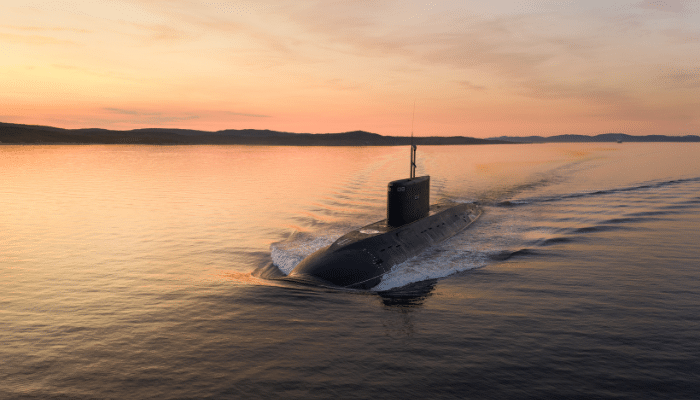
Submarines are pressure vessels that can operate at submerged depths underwater. So what’s the maximum depth military submarines can go? Let’s find out in the article.
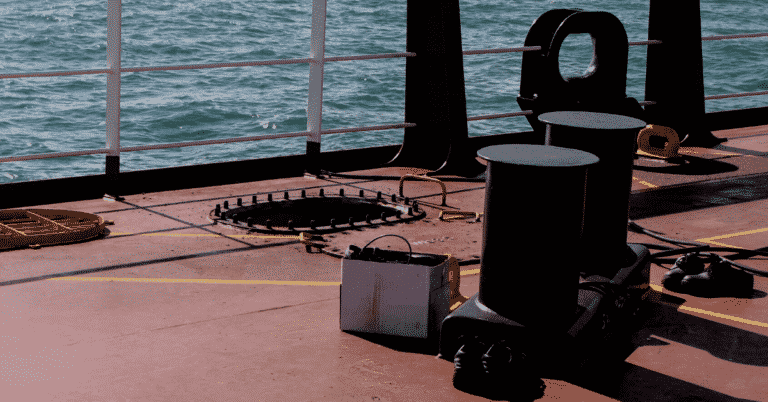
What are ballast tanks and why are they so important on ships? Find out more about different types of ballast tanks provided on ships in this article.
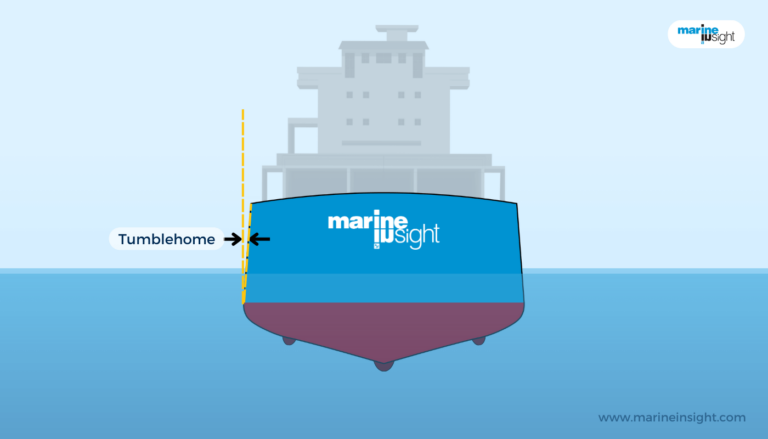
When you look at the given cross-section view of the vessel, the decrease in the sectional breadth of the vessel towards the top, away from the maximum beam, is referred to as the tumblehome. Find out more about tumblehome in this article.
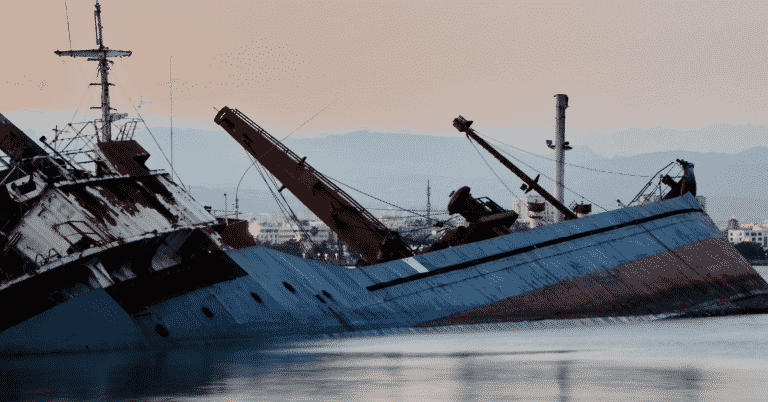
Do you know why ships sink? Check out ten main reasons which can lead to sinking and capsizing of these massive floating structures.
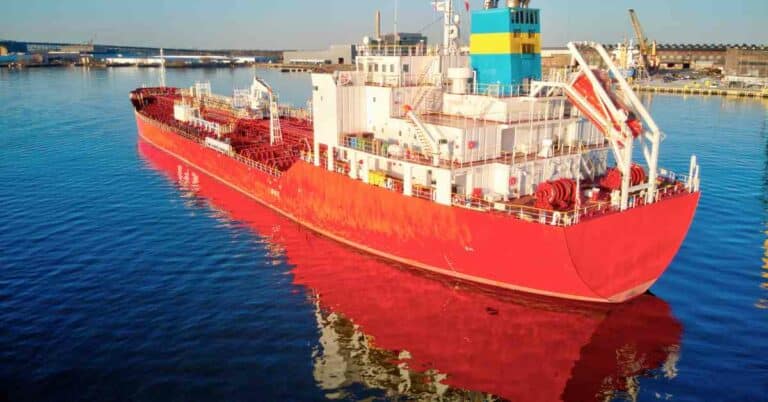
Asphalt and Bitumen tankers are specialised tankers designed and constructed to carry asphalt or bitumen contents in molten form at very high temperatures.
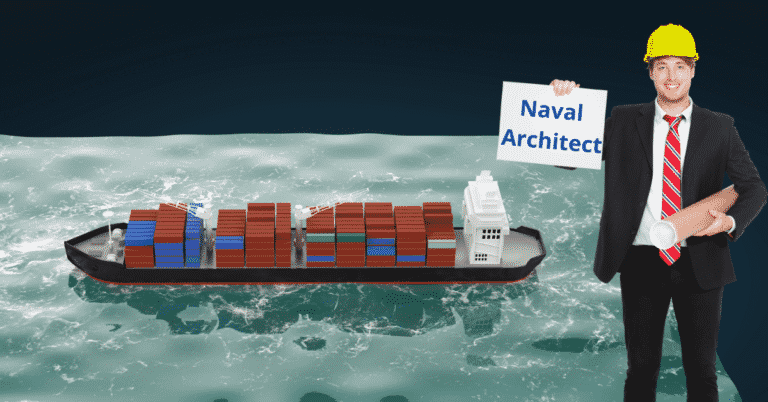
Naval architecture is an engineering stream for designing and manufacturing of sea vessels submarines, off shore structures of all kinds whether civil or military. Find out more about naval architecture and naval architects inside the article.
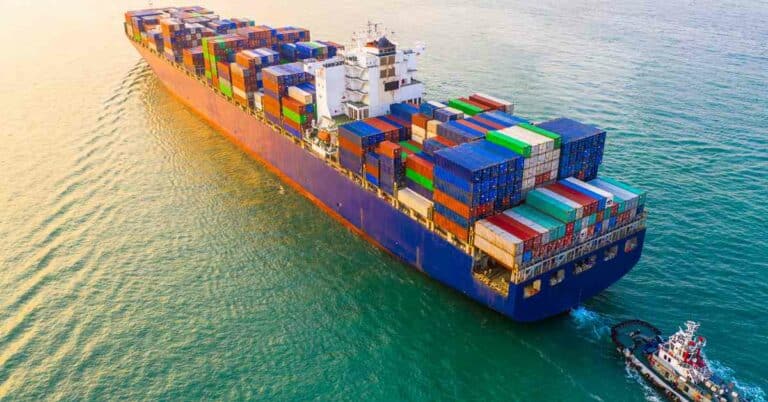
The weight of a vessel is a very interesting aspect in the first place. Unlike all other physical objects, when we talk about the weight or mass of a vessel or any floating object in general, we usually allude to displacement.
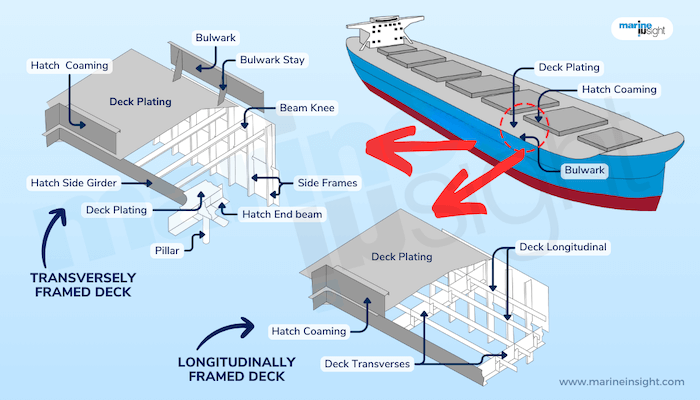
Deck plating thickness can vary widely depending on a host of factors ranging from ship type to the region of disposition of the plate. Learn more about deck plating inside the article.
"*" indicates required fields